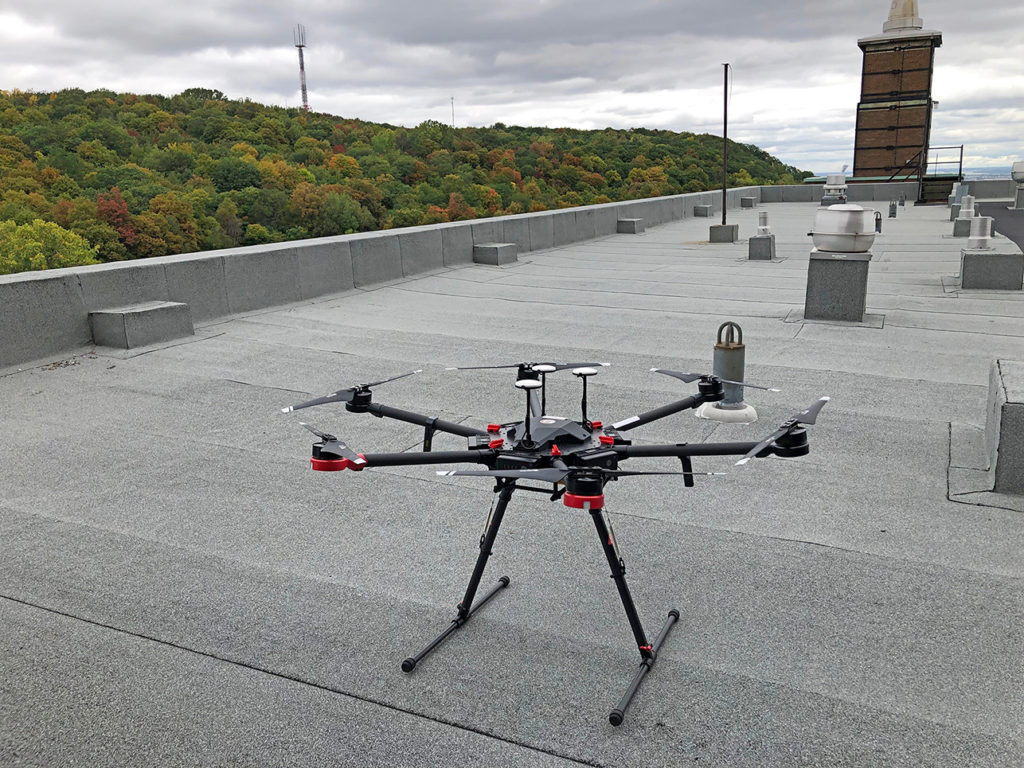Estimated reading time 3 minutes, 43 seconds.
Getting first responder care to elderly patients, in long-term care or others in remote locations, could be achieved through wide adoption of drones, two Ontario cabinet ministers have been advised.

Ontario Minister of Natural Resources and Forestry, John Yakabuski (MPP — Renfrew Nipissing Pembroke) and Minister of Long-Term Care, Dr. Merrilee Fullerton (MPP — Kanata Carleton), met with InDro Robotics’ partners Renfrew County as part of a review of existing services, and to discuss potential models of care involving paramedic services and long-term care.
“We shared stories and experiences of front-line paramedics and explored many innovative services options such as the use of drones, remote patient monitoring and point of care testing,” said chief paramedic Michael Nolan, director of Emergency Services, Renfrew County. “Additionally, we discussed community paramedicine to support vulnerable residents in the community.”
The tour in mid-October at the Renfrew Paramedic Base in Renfrew and Bonnechere Manor was part of a review to explore ways of reducing the 1,200 people in Renfrew County on the long-term care wait-list and to look at cutting pressures on services.
“Using technology, such as our specialty drones, is one way we add to the level of care for all including the elderly,” said Philip Reece, CEO, InDro Robotics. “In the event of an emergency, we can get a drone there often faster than a vehicle. The patient can receive some immediate help with the aim of stabilizing them at least until paramedics get there. It’s early days yet, but we know from working with first responders across Canada that this technology does save lives.”
For example, InDro Robotics recently tested UAV (unmanned aerial vehicle) flights in downtown Montreal to deliver medical aid in a simulated emergency. Working with the lead HEMA-Quebec, the team launched a custom drone laden with what would have been blood supplies in the densely populated urban area to rush it to someone in a simulated critical health situation at a hospital.
The tests are one of many InDro Robotics are undertaking across Canada to prove the effectiveness of UAV technology to get vital medical supplies, blood and even defibrillators when normal routes are either jammed by a disaster event, dense rush hour traffic or even in rural, remote areas.
Drones and trained pilots are also now among standard equipment for fire departments and police departments. They’re used to monitor fires in real time, to map accident scenes and to locate missing persons in remote areas.
“And this is just the beginning,” said Reece. “The concept of drone delivery has been in the public eye for a while now, but we’re talking about saving lives of people who are vulnerable because of age or because they live in remote areas that are difficult to access. We’re not only working with commercial partners, but we’re also pioneering Canada-first test flights such as the delivery of medical supplies.”








